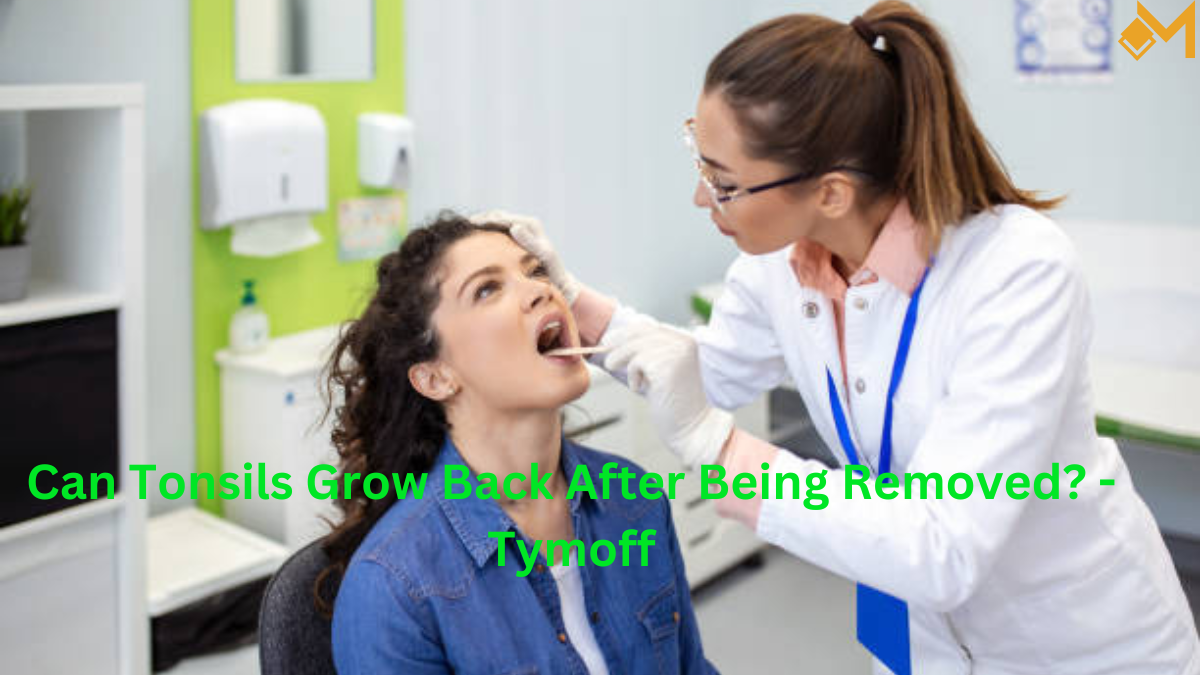Doctors commonly perform tonsillectomy, the removal of tonsils, to alleviate chronic throat infections, sleep apnea, and related conditions. However, a persistent myth circulates suggesting tonsils can grow back after removal. In this comprehensive article, we delve into the truth behind tonsil regrowth, dispelling misconceptions and providing clarity on this intriguing topic.
Understanding Tonsillectomy
Tonsillectomy involves the surgical removal of the tonsils, which are small glands located at the back of the throat. Healthcare professionals typically recommend this procedure for individuals experiencing recurrent tonsillitis, difficulty breathing due to enlarged tonsils, or other complications affecting the tonsils and surrounding areas.
The surgical technique for tonsillectomy has evolved over the years, with modern approaches aiming to minimize pain, reduce recovery time, and lower the risk of complications. Despite the effectiveness of tonsillectomy in alleviating symptoms and improving quality of life for many patients, questions regarding the possibility of tonsil regrowth continue to arise.
Dispelling the Myth of Tonsil Regrowth
Contrary to popular belief, standard tonsillectomy procedures do not result in tonsil regrowth. Once completely excised from the throat, tonsils cannot spontaneously regenerate or grow back. However, there are instances where tissue remnants or regrowth may occur in rare cases.
Understanding Tonsil Tissue Remnants
During the tonsillectomy procedure, surgeons may inadvertently leave behind small tissue remnants or fragments of tonsillar tissue in some cases. These residual tissues, known as tonsillar remnants or residual tonsillar tissue, may give the impression of tonsils regrowth if they become inflamed or infected following surgery.
While tonsillar remnants are uncommon, they can potentially lead to recurrent symptoms such as sore throat, difficulty swallowing, or recurrent infections. In such instances, further evaluation by a healthcare professional may be necessary to address the underlying issue and determine the appropriate course of action.
Assessing Rare Cases of Tonsil Regrowth
While true tonsil regrowth is extremely rare, there have been isolated cases reported in medical literature. In these rare instances, small amounts of tonsillar tissue may regenerate over time, resulting in partial or incomplete tonsil regrowth. However, such cases are exceptions rather than the norm, and the mechanisms underlying tonsil regrowth remain poorly understood.
Factors Influencing Tonsil Regrowth
Various factors, including the surgical technique, surgeon skill, and individual anatomy and healing response, can influence the likelihood of tonsil regrowth or residual tonsillar tissue presence. Additionally, underlying medical conditions or complications following surgery may impact tissue healing and the potential for regrowth.
Managing Post-Tonsillectomy Symptoms
Individuals experiencing persistent symptoms following tonsillectomy, such as throat pain, difficulty swallowing, or recurrent infections, should promptly seek medical evaluation. A healthcare provider can assess the underlying cause of symptoms and recommend appropriate treatment options, which may include medications, further surgical intervention, or supportive care measures.
FAQS
1. Can tonsils grow back after being removed?
No, tonsils cannot grow back after surgical removal. Once removed, they do not regenerate.
2. What factors contribute to tonsil regrowth post-surgery?
During the procedure, surgeons typically excise the entire tissue, making it unlikely for tonsils to regrow after surgical removal.
3. How common is it for tonsils to grow back?
Tonsil regrowth after surgical removal is extremely rare and occurs in very rare cases, usually due to incomplete removal.
4. Are there any symptoms indicating tonsil regrowth?
Symptoms of tonsil regrowth may include throat pain, difficulty swallowing, and recurrent infections, but these are more likely due to other factors.
5. What should be done if tonsil regrowth is suspected after removal surgery?
Consulting with a healthcare professional for an accurate diagnosis and appropriate treatment is essential if tonsil regrowth is suspected.
Conclusion
Misconceptions and anecdotal accounts largely perpetuate the myth of tonsils regrowing after surgical removal. While rare cases of tonsil regrowth or residual tonsillar tissue may occur, they are exceptions rather than the norm. Tonsillectomy offers long-term relief from conditions like recurrent tonsillitis and sleep apnea, improving patients’ quality of life. Effective communication and thorough evaluation are crucial for optimal outcomes in patients undergoing tonsillectomy.
Sign up for our Daily newsletter
We'll be in your inbox every morning Monday-Saturday with all the day’s top business news, inspiring stories, best advice and reporting from Entrepreneur,


